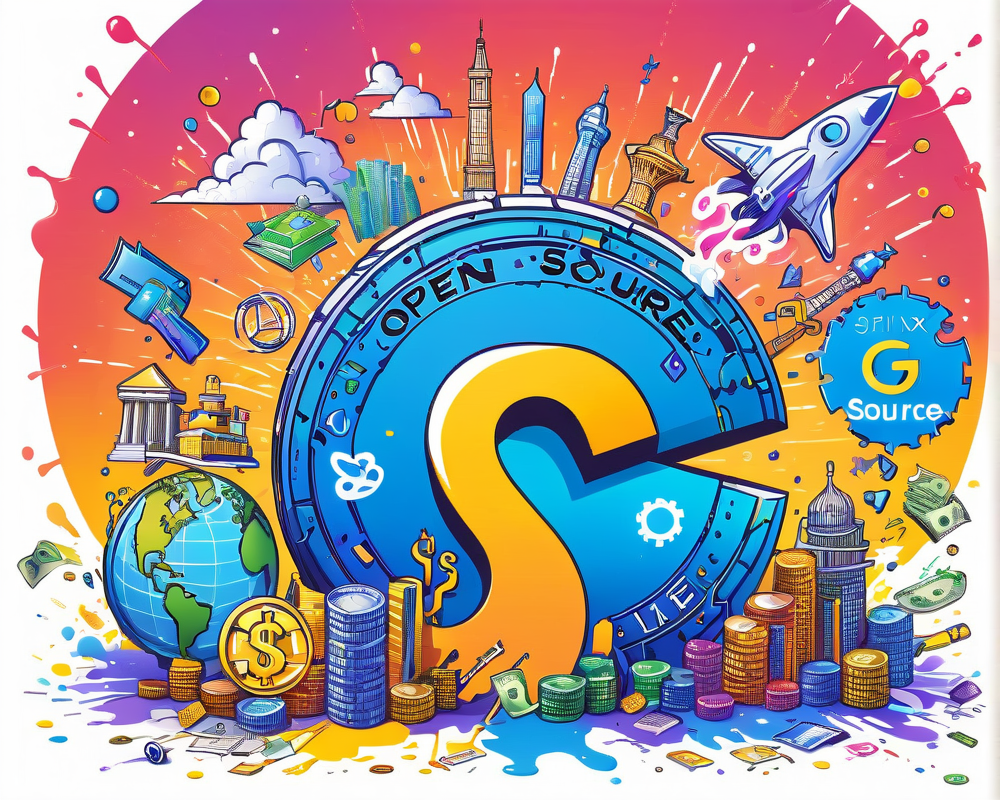The Rise of Open Source: A Brief History
Open source software has transformed from a niche interest into a cornerstone of the tech industry. Since 2008, organizations, particularly the Linux Foundation, have fostered a culture of innovation by setting high standards and encouraging collaboration among developers worldwide. This shift has not just changed how software is developed; it has also redefined its perceived value.
What’s in the White Paper?
On September 30, the Linux Foundation released a groundbreaking white paper co-authored by Jeff Licquia and Amanda McPherson. The paper dissects the monetary implications of collaborative projects, concluding that the economic worth of these efforts sits at a cool $5 billion. McPherson aptly pointed out that the advent of open source has effectively claimed dominance over major tech categories.
The Role of Collaboration
Collaboration isn’t just a trendy buzzword; it’s the backbone of the Linux Foundation’s accomplishments. More than 500 businesses and countless developers have come together to support initiatives like the Cloud Foundry Foundation and Let’s Encrypt. This collective effort is more than sentiment; it’s a powerhouse driving change across the globe.
Putting a Price on Free Software
Determining a monetary value for free software might seem like trying to count the stars—overwhelmingly complex. However, the whitepaper makes a compelling case for understanding the economic impact of these projects. According to Amanda McPherson, as technology has evolved from the old “build vs. buy” mindset, it’s crucial to assess the overall economic value of this new model. They aim to educate stakeholders on the financial implications, which can be just as pivotal as the software itself.
Assessing Value Through Innovation Models
The Linux Foundation adopts David Wheeler’s SLOCCount model to evaluate their projects. This model accounts for “person hours” and development expenses, presenting a framework to derive value even from software that’s technically free. Their analysis suggests that it would take 1,356 developers over 30 years to reproduce the value embedded within the Linux collaborative ecosystem, a phenomenon they refer to as “Distributed Genius.”
Examples of Real Success
Consider organizations like AllJoyn, which networks over 85 million devices, or the cloud providers leveraging the open project Xen. These examples demonstrate the tangible impact of collaboration—enabling technology to scale and innovate on a massive scale.
The Big Picture
While the $5 billion figure is eye-catching, it doesn’t fully encapsulate the sheer enormity of open source collaboration globally. From Tesla Motors releasing patents to Apache Software’s significant contributions, the potential value of open source could be astronomical, hinting at a future where open software drives even greater economic growth.
In summary, the Linux Foundation is not just putting a price tag on collaboration; they are underscoring the undeniable value it injects into the tech landscape. And remember, as Jim Zemlin wisely noted, “when people have the tools and connections to collaborate on a massive scale, any problem can be solved.”




